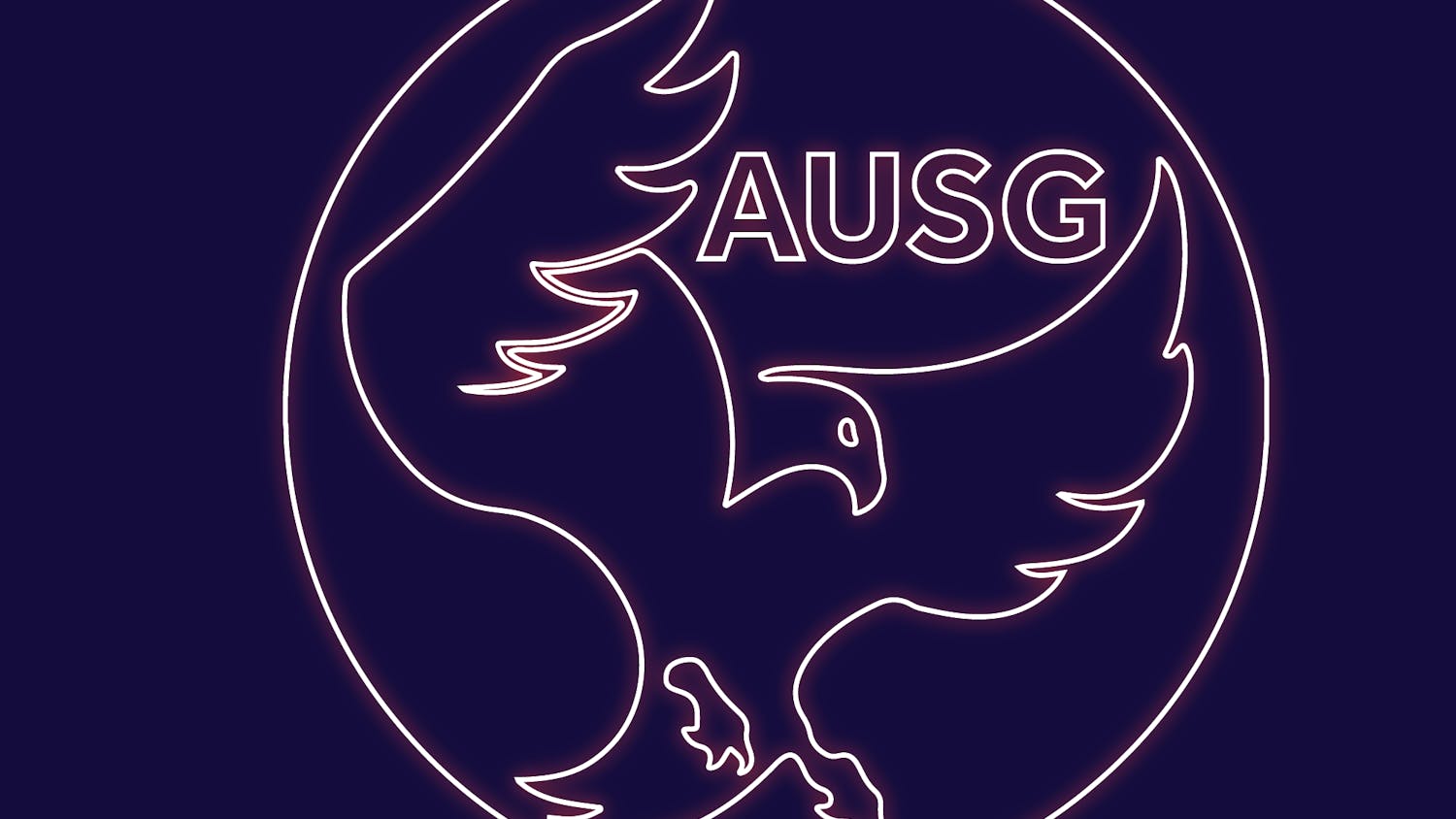AU continues to be an outlier on the low end of national teen suicide statistics, as no reported suicides have occurred on the campus in the last four years.
The most recent data on suicides for 10- to 19-year-olds shows there were 4.5 suicides per 100,000 people according to statistics published by the Journal of the American Medical Association from 2005, the most recent year of recorded suicide rates.
Over the last four years, the suicide rate on AU's campus has remained at zero, but the number of attempts remains confidential, said Associate Dean of Students Sara Waldron.
The national suicide rate among 10- to 19-year-olds steadily declined from 1996 to 2003, but then rose 18 percent in 2004. The 2005 rate shows a gradual decrease of suicides by 5 percent in 2004 from 4.7 per 100,000 to 4.5 per 100,000 in 2005, according to the Journal.
An additional one in 11 students may contemplate suicide, according to The American College Health Association.
While AU has a low suicide rate, it still has students who deal with suicidal thoughts, said Amy Bowers, AU's assistant director for outreach and consultation for the Counseling Center.
"Even though [AU] is a unique culture, it has been following the same national pattern of students contemplating suicide, we are no different than any other college in this sense," Bowers said.
The Journal reported that several of the reasons for the teen suicides include social networking sites influences, post-traumatic stress disorder within U.S. troops returning from Iraq and Afghanistan, higher rates of untreated or undiagnosed depression and the difficult job market.
Bowers said she believes this may be just a part of a combination of forces that young people have to deal with, which can also include the 24-hour news cycle and the ability to easily post embarrassing videos and photos of a person.
"The stressors of today are almost as common as the air we breathe," she said.
The Counseling Center offers many types of services, including individual and group therapy sessions, training for resident assistants and faculty on the signs that someone may be suicidal and how to approach students who may be experiencing depression and having suicidal thoughts.
However, the Counseling Center cannot help those who do not seek help, Bowers said.
People should be more attentive to friends who appear to be suicidal, said Sepideah Mohsenian, a sophomore in the School of International Service.
"Friends should pay attention to their friends and not just write it off as a phase," she said.
Bowers said there are specific ways to spot and confront a potentially suicidal friend.
"If they talk about it or seem to be depressed, confront them and ask directly," she said. "If you think your friend is in danger of committing suicide, call the Counseling Center. We can give you options you may not see."
The Counseling Center is located at 214 Mary Graydon Center. You can reach the center at 202-885-3500.
You can reach this writer at news@theeagleonline.com.




